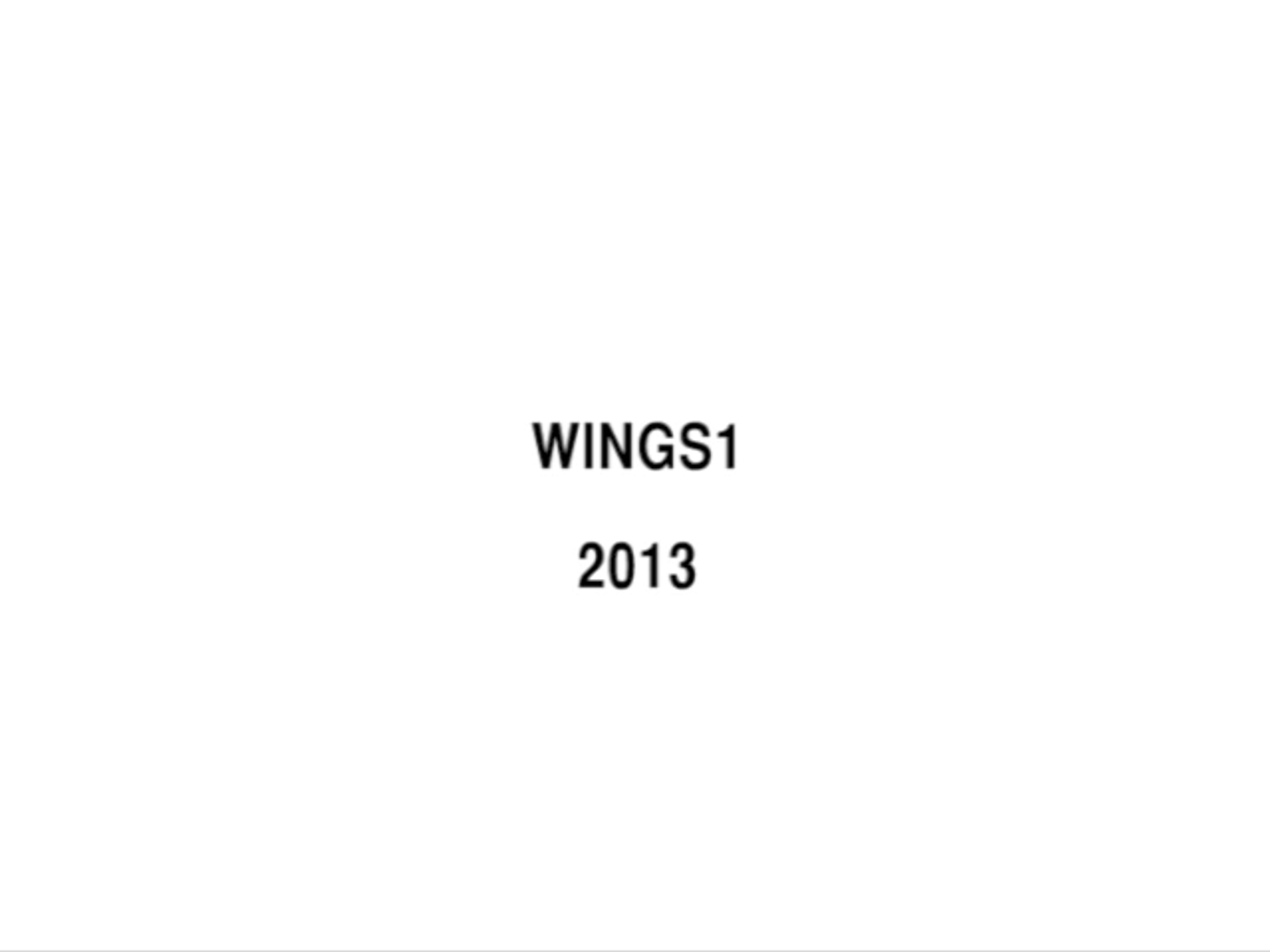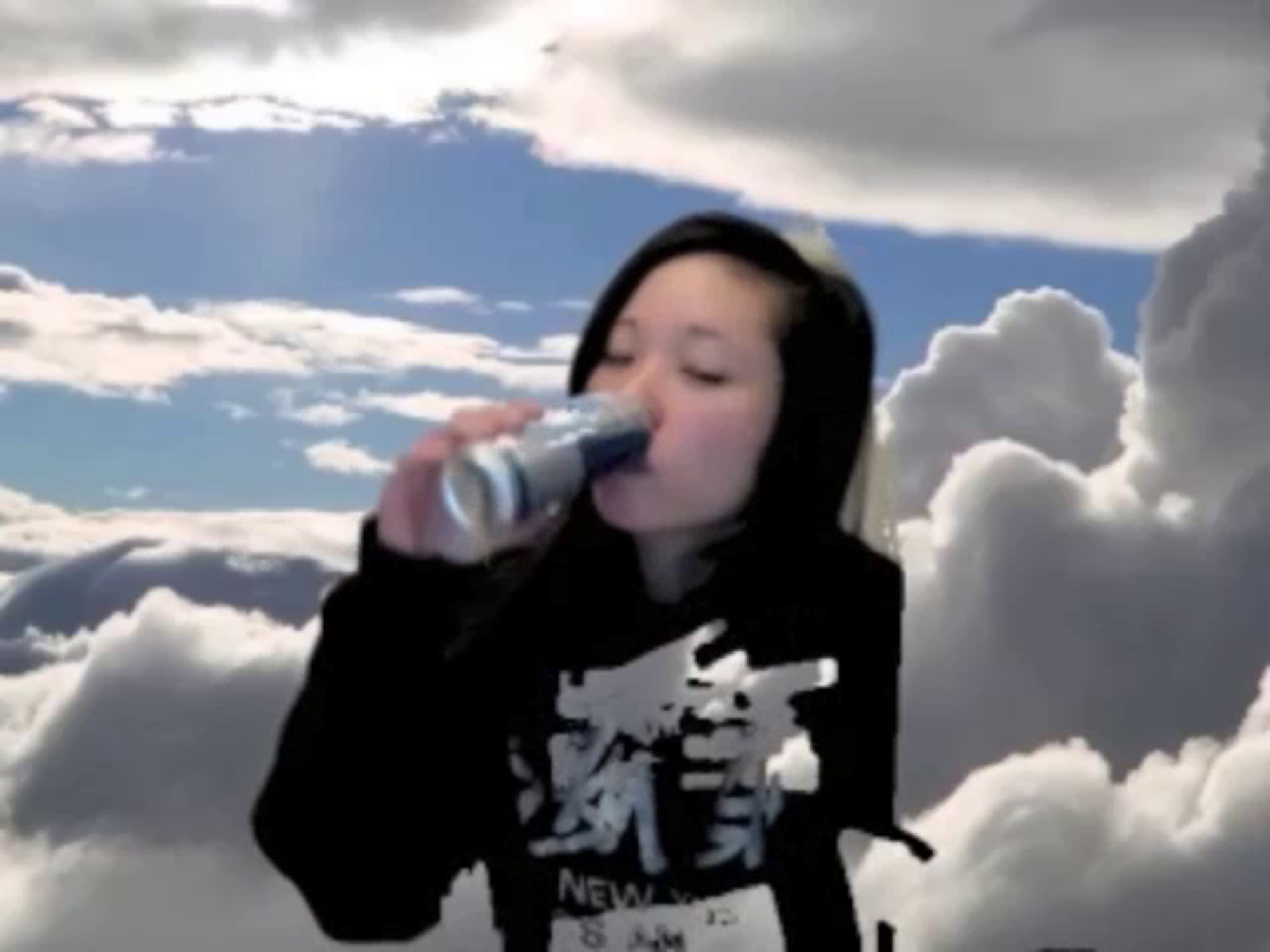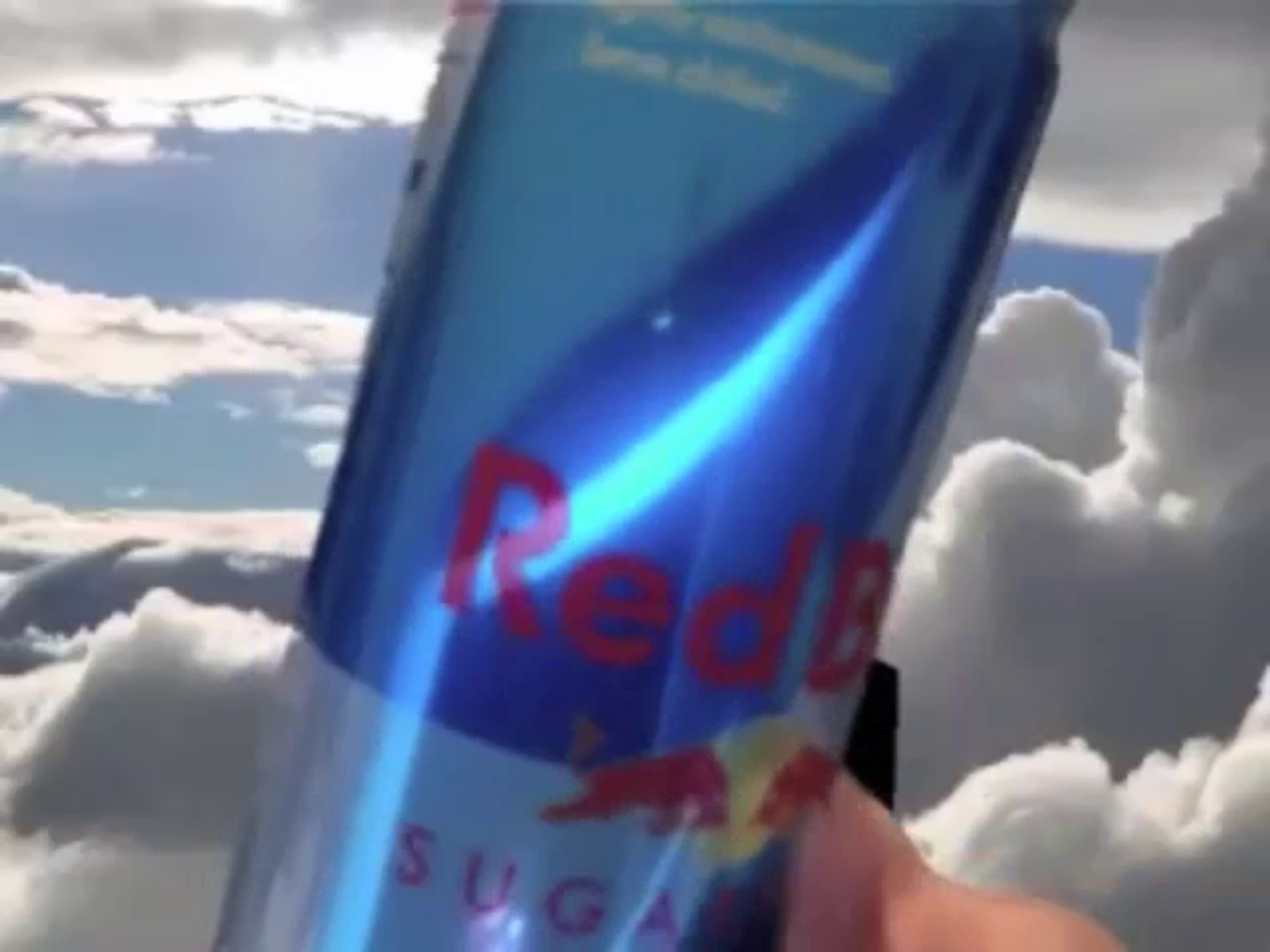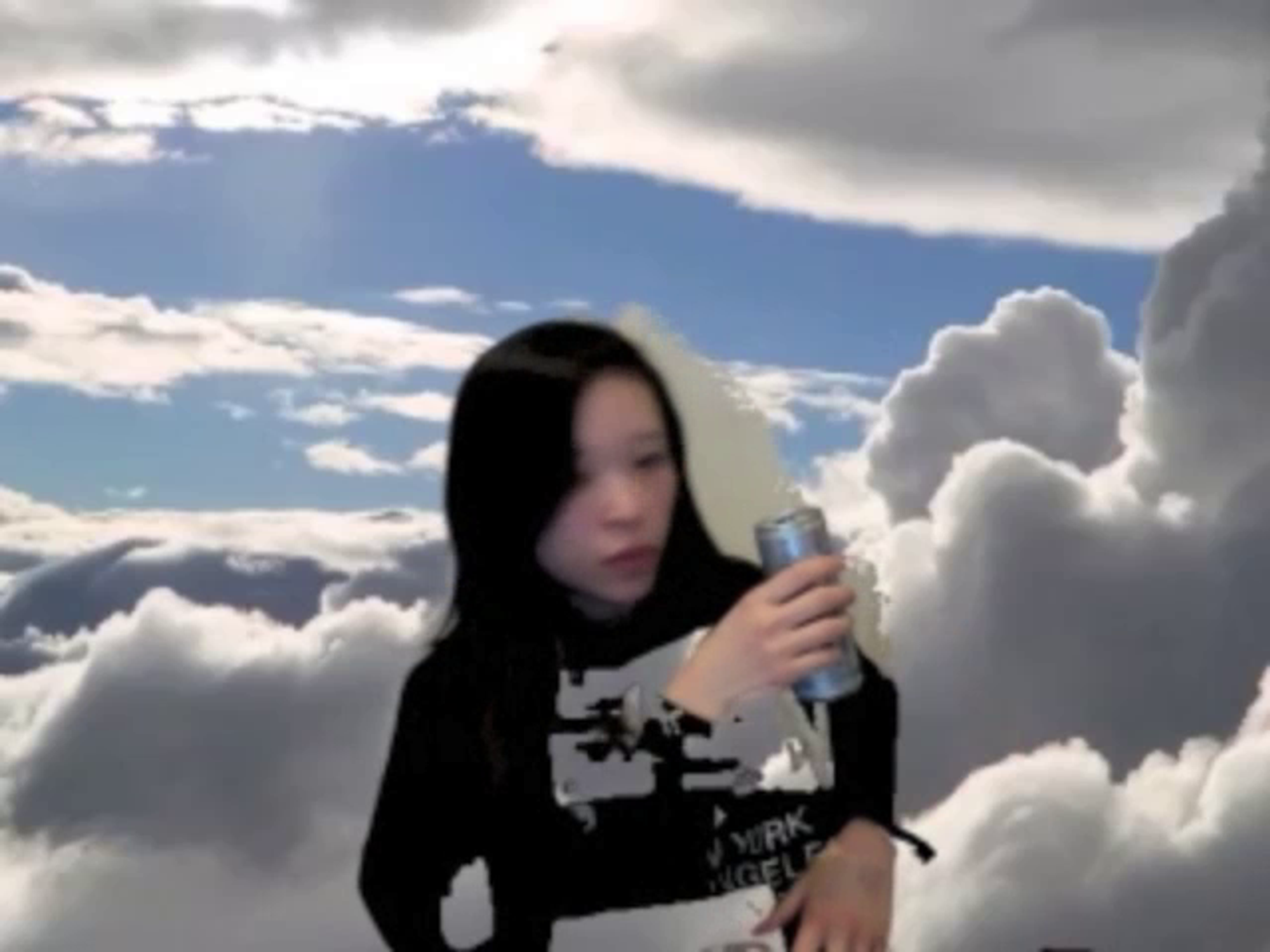An Impetuous Headlong Rush
That TikTok is our moment’s most influential moving image culture is a claim that few would dispute, except for those either too old or too wary to download it. Its elixir of addictiveness includes: satisfying your lechery for youth; an algorithm that knows what you want better than you do; and––this is the kicker––an average clip time of less than 30 seconds. When TikTok was first founded in 2016, the limit was only 15 seconds––one minute if you strung four of them together––and in July 2021 it was increased to three whole minutes, although few videos on the app are that long.
Three minutes. That’s all you get in the attention economy, if even that. TikTok commenters will berate a video for not maximizing every single second. “My entire life flashed before my eyes,” a user commented on a video that was only 36 seconds long. Most TikToks are filmed in short bursts, with rapid edits, usually elapsing long periods of time into satisfying, condensed blocks––like in the popular trend of flashing outfit transitions with successive cuts.
But time is the last thing you notice on TikTok. For the majority of videos you encounter there, the scrubbing bar is hidden. You can’t skip backward or forward. You don’t know how deep into the video you are. You don’t know how deep into the night you are.
***
In 2015, the artist Maggie Lee released Mommy—a frenetic, devastating film about processing her mother’s passing. It was sad and raw and expressed itself through a combination of “girly” suburban aesthetics, hard techno, and webcam-inspired confessionals. Since then, Lee has continued this DIY-meets-Tumblr approach to art-making with an installation in the 57th St. Manhattan Nordstrom called “Daytime Sparkles” and a Photobooth portrait on a billboard in Chinatown, as well as a recent exhibition of paintings at a gallery called Jenny’s.
On the online video art database Electronic Arts Intermix, you’ll find six of her video works from before Mommy, from 2012-2014. Three of them are less than a minute, the other three are less than two minutes. They include Hand Dryer, WINGS1, WINGS2, Secrets, Walking Game, and Fall NYC. You can also indulge in Maggie’s video work on Instagram, where, as @suede87, she posts videos of lots of random things: spitting into the camera, a lily on a car dashboard, the reflection of Christmas lights on a grimy window. Instagram and EAI make up two facets of the circulation of her work, along with museum/gallery installations, zines and DJ sets, and her feature length film Mommy.
Together they present the shifting online person that is Maggie Lee, a persona that feels so close that I want to call her by her first name. The most salient feature of these videos is that they’re… like, ummm, so random; random like scrolling through YouTube in 2010, random like being into Terrarium ASMR channels, random in a way that only the internet makes normal.
***
Maggie doesn’t have a TikTok, at least to my knowledge. And even though her videos are all TikTok-short, their language is most native to that of an Instagram story. An event not quite significant for main, but permissible for its slice-of-life-ness. Take Hand Dryer (2012), which lasts about 27 seconds. It begins with a title card, with black sans serif text on a white background: “Hand Dryer at / MIB 3 / Loews Theater / Union Square / 2012.” A hand appears on the screen underneath an air dryer. The hot air makes soft craters on her skin. The words “LOSER PANIC” can be made out, as well as something like “irresponsible” or “unexpected” under a bunch of pen-scrawled tasks on the back of her hand. Her nails are long and pretty. The soundtrack is a bouncy, minimal techno and the air dryer whooosh sounds like a scream over the music. Before the beat really sets in, the video ends, cut off by a white title card (“MAGGIE LEE”) and the sound of a gun. It feels like a preview to something longer. All you can pull from it is a mood, an aesthetic (New York! Metal! Yaa!)

The video makes more sense in context to her other videos, becomes charming even. In the minute-long Walking Game (2013), Maggie wanders the streets of New York. The camera is pointed downwards to her feet, as she kicks things she finds on the street: a smashed strawberry, a clear cup of beer (or pee?), a folder, a bottle of tea, a safety cone, a Pepsi cup, and a cup on top of a Citi Bike stand. She runs her hands along a fence and the sunlight makes a moire effect. This diaristic aesthetic extends to Fall NYC (2014), which is a chaotically-edited vlog a little less than two minutes long of exactly what the title describes, full of early 2010s NY nostalgia: sweaty raves, bike rides, studio time. The videos are connected through Maggie’s punk, DIY sensibility, which has the nostalgic feeling of being a teenager bored in your bedroom. This has become all the more relatable since the pandemic began, and we’ve all become self-broadcasting stations. You could also call it an artist stuck in her studio aesthetic, which has a much longer art historical purview. For example:
Bruce is a boy, bored in his studio. Bruce decides to pace oddly around a square. In another video he plays a single note on the violin and walks around the room. Bruce is bored. Bruce is Bruce Nauman, and his now-canonized 10-minute long videos––Walking in an Exaggerated Manner Around the Perimeter of a Square (1968) and Playing a Note on the Violin While I Walk Around the Studio (1967-68)––are the proto-bored-in-your-studio artwork. That’s not the normal narrative we might have of Bruce Nauman, but it is the impression that his work leaves for a TikTok generation.
Maggie is a girl, bored in her bedroom. Her persona is a Chinese-American teenager. She has a webcam and is annoyed with her mom. In a video like Secrets (2013), she is perched in front of her computer with only the top half of her face visible. She presses a Garfield plushy up to her ear, and you get a glimpse of her sea-blue glitter nails. Garfield quivers animatedly as he recounts his secrets to Maggie. Her eyebrows raise with a particularly juicy piece of gossip. Toward the end of the video she pulls back from Garfield to look straight at him, as if in disbelief of what he has just told her.

Maggie Lee, WINGS1, 2013, video stills.
Courtesy of the artist and Electronic Arts Intermix (EAI), New York


The peak of her bedroom boredom comes in her WINGS videos. In WINGS 1 (2013) her background has become the sky. She takes a drink of her Red Bull, to a timed soundtrack. She stops drinking, fixes her hair, and brings the can up to the camera so that you can see the Red Bull logo and the nutrition facts. In WINGS 2 (2013), it seems like she has taken a bathroom break after WINGS 1 and then comes back to the cam. She is wearing the same black Stussy sweatshirt but she has put on electric blue lipstick. She struts into the room and throws her head back, pretending to chug the can. The cuts are more chaotic; the camera cycles back and forth between the cans and her laughter. The Red Bull has kicked in.
Like Bruce Nauman’s experiments, Secrets and WINGS are studio videos. Nauman preempts the narcissism of Instagram, but Maggie preempts that narcissism’s fermentation into something fun and a little nihilistic on TikTok. Today, both practices feel imbued with a lost sense of time. How luxurious, 1970s SoHo time. How luxurious, early 2000s pre-financial crisis American suburb time. To be sooooo bored. Both of these senses of time feel hard to come by now. I can’t remember the last time I was bored since downloading TikTok.
***
Maggie’s Instagram posts, like her short videos, are similarly odd. She might not consider these “video art” per se, but her sensibility links them to her more institutionally-sanctioned work. They’re like sketches, or video doodles. Most of these are even shorter––no longer than 10 seconds, max––usually only a second or two, looped—and there are hundreds of them scattered over her 2,663 posts (as of Jan 26, 2022).
In a video from Sept 13, 2018, the artist stands in a black dress away from the camera, a straw in her mouth. She spits out a tapioca pearl from a bubble tea container and it hits the phone with a thud, blurring the surface. In a video from July 15, 2020, she sets the phone down on the floor and announces “I just want to try something,” before taking a sip of water and dribbling it over the phone. The caption: “Just wanted to see what this would look like, yak basic.” In another from March 5, 2020, captioned “Sending off the little sauce soldiers,” she stands in front of an escalator and places plastic sauce containers on to the rising steps, watching them ascend further and further away. In a post from December 17, 2019, she ties two zip ties to the silver pole in the middle of a subway, captioning it “My anarchy.” Some of the posts are more factual, like any other artist’s Instagram feed––announcements of exhibitions, articles, and other press.
Maybe I’ll stop there. I’m not sure that being an artist necessarily invites anyone to scrutinize your Instagram grid for meaning. We might object to reading any of it with artistic intent––it’s a personal feed after all, and it’s private. Taking a whiff of someone’s identity through their grid is an inexact science, but as a gay man trained in the arts of sleuthing sexuality through digital presence, I feel attuned to the perceived sense of freeness, the off-the-cuff idiosyncrasy, of her posts.
Maggie’s short videos feel resistant to the usual curation of Instagram by adopting some of the experimental, ~random~ energy of TikTok. On Instagram, identity is a prosthesis. The @ is an endless spiral. It’s like an alias, but it is the building of a persona, of a mystique, of a brand. In contrast, I am a happy lurker on TikTok. My account @user55695 is indistinguishable from a bot. This option for self-effacement makes being a consumer of TikTok less like the endless preening and skeeving of identity on Instagram, and more like the passive consumption of cable TV. Nice not to have a body. Maggie’s videos––both on EAI and on Instagram––embody an in-between approach that feels not like a social media critique, but of an indifference, a “who cares, post whatever you want” mentality.
***
I’m not here to argue for the reclamation of boredom on TikTok. My brain cells are too shot for that at this point. I love speed. I’m not here to say we need to “slow down” TikTok either. What I am attracted to most in Maggie’s videos is the way they evidence a kind of erratic, changing person underneath.
I am in praise of this randomness––of spitting into your iPhone, of tying knots on subway poles, of kicking cans on the street––and posting them on social media whenever and however you want. Maggie’s videos are deeply idiosyncratic, like they might only appeal to one person, and that’s OK. The deeper you dive into a subjectivity, the more it might present itself with contradictions, non sequiturs, blips and blops. Random doesn’t mean arbitrary, which by definition means “lacking system and reason,” it just means uncapturable and contingent. And identity should be neither systematic nor reasonable anyway.
We can all be a little more random, a little less curated online. And here we might turn to etymology. The root of the word “random” is Germanic, and it evolves into the Old French randir for “a gallop,” then randon for “great speed,” and then to the Middle English random, for an “impetuous headlong rush.” Identity as random resists the idea of a cohesive or narrative arc to one self, online or offline, instead embracing the joys of “an impetuous headlong rush” through multiple moods and selves. Post whatever you want. Don’t think too much about it. This is certainly a challenge in the age of the algorithm, but Maggie Lee’s videos give a glimpse at this sensibility online, of something impulsive and fleeting, weird and inexplicable––of something emotional and living. ♦
Subscribe to Broadcast